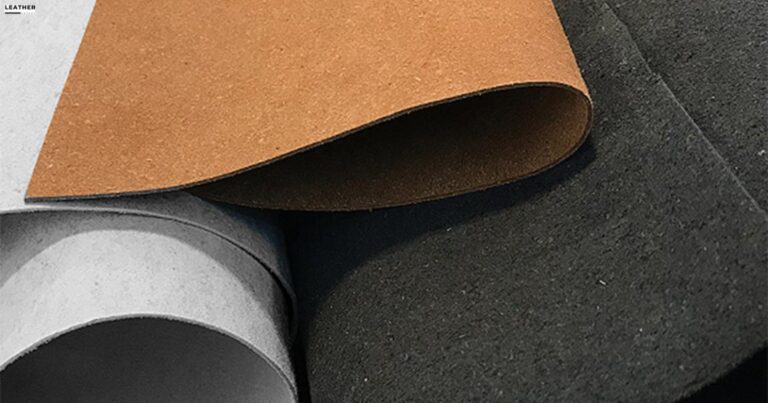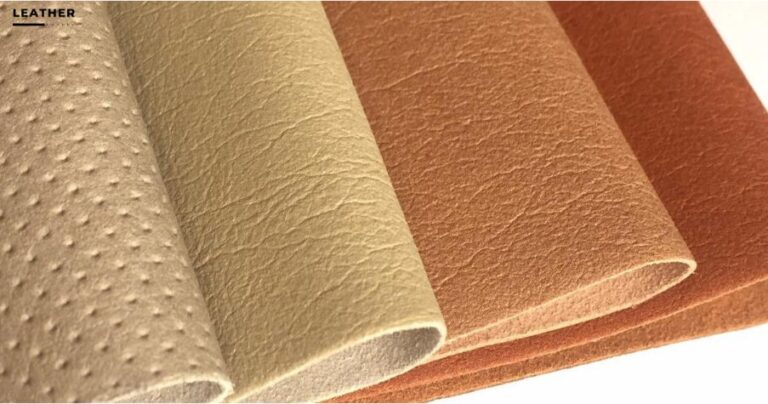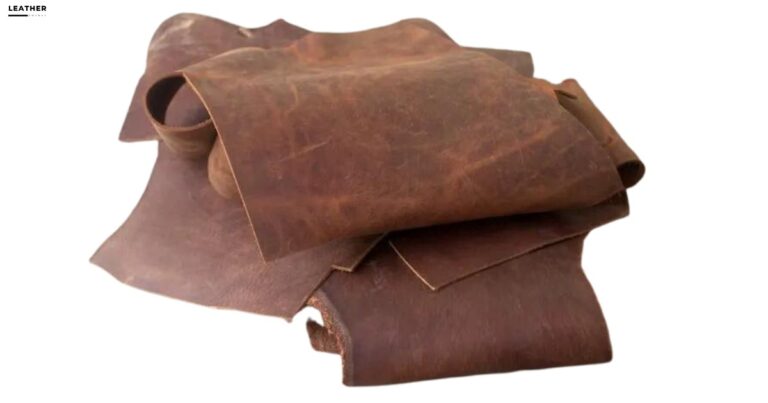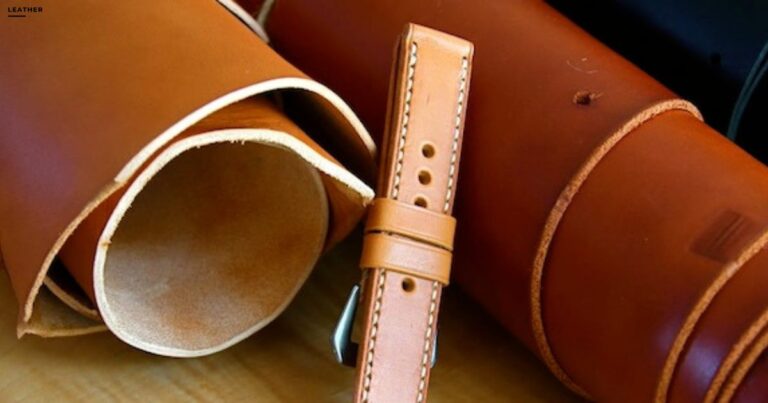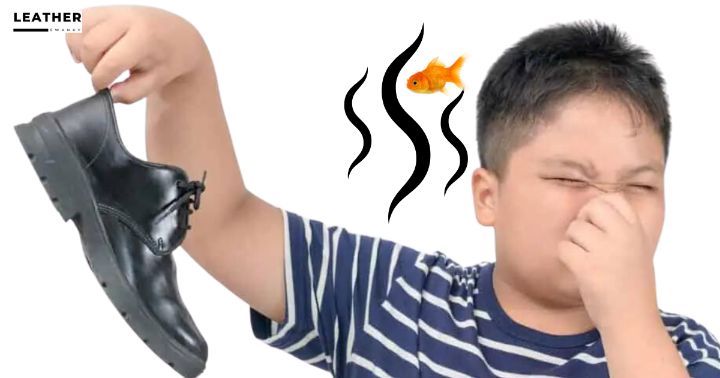What Is Deerskin Leather? Everything You Need To Know

We’ve all heard of leather, but what is deerskin leather?
It is a type of leather that's sourced from the hide of a deer. It's a material that's renowned for its durability and flexibility, qualities that make it highly sought after in various industries. It is is incredibly soft and supple, yet it maintains a strong and resilient nature.
In this article, we’ll explore its history, how it was made, and its unique characteristics. We’ll also compare it to other types of leather, discuss its uses, and offer advice on its care.

Jump to a Specific Section
- 1 Basic Overview
- 2 History and Origins
- 3 How Deerskin Leather Is Made
- 4 Different Types of Deerskin Leather
- 5 Deerskin Leather Vs. Other Types of Leather
- 6 Unique Characteristics
- 7 Popular Uses and Applications
- 8 Pros and Cons of Deerskin Leather
- 9 Care and Maintenance
- 10 Final Thoughts
- 11 Frequently Asked Questions
- 11.1 How Does the Price of Deerskin Leather Compare to Other Types of Leather?
- 11.2 Can Deerskin Leather Be Used to Make Vegan-Friendly Products?
- 11.3 Is deerskin leather tan leather?
- 11.4 Can deerskin leather be used for making jackets?
- 11.5 How do I take care of deerskin leather products?
- 11.6 Can deerskin leather be repaired?
- 11.7 Is deerskin leather resistant to water?
- 11.8 Can deerskin leather be displayed or hung on walls?
- 12 Resources Used for Research
Basic Overview
- Deerskin leather has been recognized for its value by indigenous tribes and was traded by European settlers.
- It is sought after for its durability and is still used in the production of high-quality goods.
- The production process of deerskin leather includes careful skinning, tanning, and finishing to enhance its qualities.
- It is softer, more durable, and more versatile than other types of leather, making it superior in terms of comfort and longevity.
History and Origins
The history and origins of deerskin leather stretch back thousands of years, when indigenous peoples first discovered its many benefits.
- Earliest Uses: Indigenous tribes across North America were among the first to recognize the value of deerskin. They used it to create a range of items, from clothing to shelter, due to its strength and versatility.
- Trade and Expansion: With the arrival of European settlers, the demand for items made of deerskin grew exponentially. Deerskin leather products became a valuable trade commodity between the settlers and indigenous peoples.
- Modern Times: In today’s world, deerskin leather is very strong and sought-after for its durability. The durability of deerskin leather makes it a popular choice for high-quality goods such as gloves, shoes, and jackets.
- Sustainable Practices: As we’ve grown more conscious of our impact on the environment, sustainable harvesting of deerskin has become more important. This ensures the longevity of the species and the continued availability of this remarkable material.
How Deerskin Leather Is Made
The deerskin, derived from a thin game animal, undergoes several steps before becoming the soft and durable hides we know as deerskin leather.
| Step | Description | Outcome |
|---|---|---|
| Skinning | The deer’s hide is carefully removed | Raw deerskin |
| Tanning | The deerskin is soaked in a solution to prevent decay and make it supple | Soft, workable hide |
| Finishing | The hide is treated to enhance its natural qualities | Finished deerskin leather |
Initially, the deer’s skin is carefully removed. This is a delicate process as the hide is thin and can easily tear. Next, the raw deerskin is tanned.
This step involves soaking the hide in a tanning solution. This process is crucial as it prevents the hide from decaying and transforms it into a soft, workable material.
The final step in how deerskin leather is made is the finishing process. The hide is treated to enhance its natural properties, such as its durability and softness.
Different Types of Deerskin Leather

While there’s a common perception that all deerskin leather is the same, we’ll soon discover that there are actually several distinctive types each with its own unique characteristics.
These types of deerskin leather are defined by their softness and durability, two key factors that make them a preferred choice for crafting supple leather items.
- Natural Deerskin Leather: This is the raw, untreated form of deerskin leather. It’s celebrated for its softness, flexibility, and breathability, making it a popular choice for gloves and clothing.
- Tanned Deerskin Leather: The tanning process enhances the durability of this type, preserving the leather for a longer lifespan. It’s commonly used in footwear and luggage.
- Dyed Deerskin Leather: This type undergoes a dyeing process that allows for a range of colors, without compromising the leather’s softness or durability.
- Finished Deerskin Leather: This leather undergoes a finishing process to enhance its aesthetic appeal and durability. It’s often used in high-end fashion accessories and upholstery.
Each type of deerskin leather boasts a unique blend of softness, durability, and a supple texture, which greatly influences its application in different leather items.
Deerskin Leather Vs. Other Types of Leather
In comparing deerskin leather to other types of leather, we’ll find that its uniqueness lies not only in its softness and durability but also in its versatility.
When pitted against grain leather, buckskin, or goat leather, deerskin leather stands out in several ways.
Let’s take a look at our comparison in the following table:
| Leather Type | Softness | Durability | Versatility |
|---|---|---|---|
| Deerskin | High | High | High |
| Grain Leather | Medium | High | Medium |
| Buckskin | Low | Medium | Low |
| Goat Leather | Medium | Medium | Medium |
Deerskin leather, as shown, reigns superior in all three categories. It’s softer, providing unrivaled comfort, and it’s more durable, often outlasting other types of leather.
And when it comes to versatility, deerskin is a clear winner. From gloves to jackets to shoes, deerskin leather can be fashioned into a myriad of products, outperforming other types of leather.
Unique Characteristics
This type of leather isn’t just renowned for its aesthetic appeal, but also for its exceptional physical properties.
- Soft and supple: Deerskin leather is prized for its softness, offering a comfort that’s unmatched by other leather types. This softness doesn’t compromise its strength, making it a preferred choice for high-end products.
- Exceptional elasticity: Unlike other leathers, deerskin exhibits exceptional elasticity. It stretches comfortably to accommodate movement, yet returns to its original shape, maintaining its form and durability over time.
- Resistant to wear and tear: Deerskin leather holds up exceptionally well against the rigors of regular use. Its natural resistance to wear and tear means it retains its beauty and functionality longer than other materials.
- Unique Grain Pattern: Each piece of deerskin leather boasts a unique grain pattern. This adds to its aesthetic appeal and ensures that every product made from it is truly one-of-a-kind.
Popular Uses and Applications
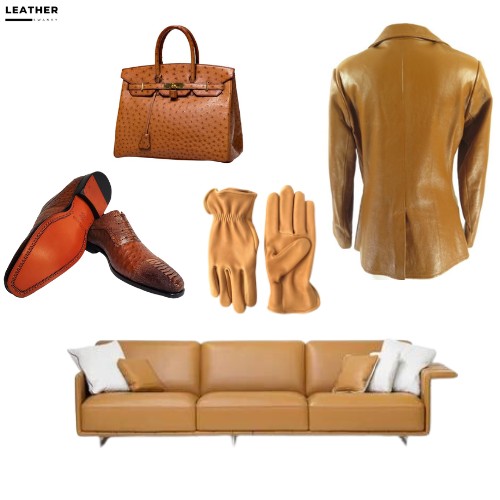
This versatile material has been favored by many for its comfort, durability, and aesthetic appeal, making it a popular choice for a variety of applications.
Here’s a glimpse into the popular uses of deerskin leather through the following table:
| Deerskin Products | Description |
|---|---|
| Moccasin | Traditional footwear that is soft, flexible, and comfortable. |
| Work Gloves | Known for their durability and flexibility, providing excellent grip and protection. |
| Fashion Accessories | Bags, belts, wallets, and more, are admired for their unique texture and style. |
| Furniture Upholstery | Used in high-end furniture for its luxurious feel and durability. |
From moccasins and work gloves to fashion accessories and furniture upholstery, deerskin products are highly sought after for their superior quality.
The softness and flexibility of deerskin leather make it a popular choice for items that require a high degree of tactile sensitivity, such as gloves and shoes.
Pros and Cons of Deerskin Leather
This material, although deerskin leather, has unique properties that set it apart from other types of leather.
Pros and Cons:
- Softness: Deerskin leather is celebrated for its exceptionally soft texture. This makes it ideal for products that require comfort and flexibility, such as gloves and clothing.
- Suppleness: Unlike other leathers, deerskin remains supple even after being wet and dried repeatedly. It doesn’t harden or crack, maintaining its luxurious touch.
- Durability: Despite its softness, deerskin leather is incredibly durable. It’s resistant to wear and tear, making it a long-lasting investment.
- Price: The main disadvantage of deerskin leather is its cost. It’s more expensive than other types of leather due to its superior qualities and the process involved in obtaining it.
Care and Maintenance
To keep your deerskin leather in the best possible condition, it’s important to use a leather conditioner regularly.
This helps maintain the material’s natural softness and flexibility. For leather cleaning, we recommend using a soft cloth and a gentle leather cleaner.
After cleaning, always allow your deerskin leather items to dry naturally. Avoid placing them near heat sources or in direct sunlight, as this can cause the leather to crack and dry out.
In addition, try to store your deerskin leather items in a cool, dry place when not in use. This helps prevent cracking and other forms of damage.
| Care Step | Instructions |
|---|---|
| Conditioning | Use a leather conditioner regularly |
| Cleaning | Use a soft cloth and gentle cleaner |
| Drying | Allow them to dry naturally |
| Storage | Keep in a cool, dry place |
Final Thoughts
We’ve uncovered the rich history, unique properties, and various uses of deerskin leather.
It’s a versatile material that stands out from other leathers due to its softness, durability, and breathability.
However, it does require careful maintenance. Whether you choose it for its aesthetic appeal or functional advantages, understanding the nature of deerskin leather is essential to appreciating its true value
Frequently Asked Questions
How Does the Price of Deerskin Leather Compare to Other Types of Leather?
Deerskin leather tends to be more expensive than other types. Its unique softness and durability make it a premium product. However, prices can vary based on factors like quality and sourcing.
Can Deerskin Leather Be Used to Make Vegan-Friendly Products?
We’re afraid not. Deerskin leather, by definition, is an animal product. Therefore, it can’t be used to create vegan-friendly items, which must be free from all types of animal-derived materials.
Is deerskin leather tan leather?
Yes, deerskin leather can be tanned to achieve a tan color. It is a versatile material that can be dyed or left in its natural state.
Can deerskin leather be used for making jackets?
Yes, deerskin leather is commonly used in the production of jackets. Its softness, durability, and breathability make it an ideal choice for outerwear.
How do I take care of deerskin leather products?
To maintain deerskin leather products, it is best to use a soft brush to remove any dirt or dust. In case of stains, a damp cloth can be used for cleaning. It is important to avoid using harsh chemicals or excessive water, as it may harm the leather.
Can deerskin leather be repaired?
Yes, deerskin leather can be repaired. Professional leather repair services specialize in fixing blemishes and scarring on leather products.
Is deerskin leather resistant to water?
Deerskin leather is not completely waterproof, but it is naturally water-resistant. It can withstand light rain or moisture without compromising its suppleness.
Can deerskin leather be displayed or hung on walls?
Yes, deerskin leather can be displayed or hung on walls as a decorative item. Its natural beauty and premium quality make it a popular choice for interior decor.

